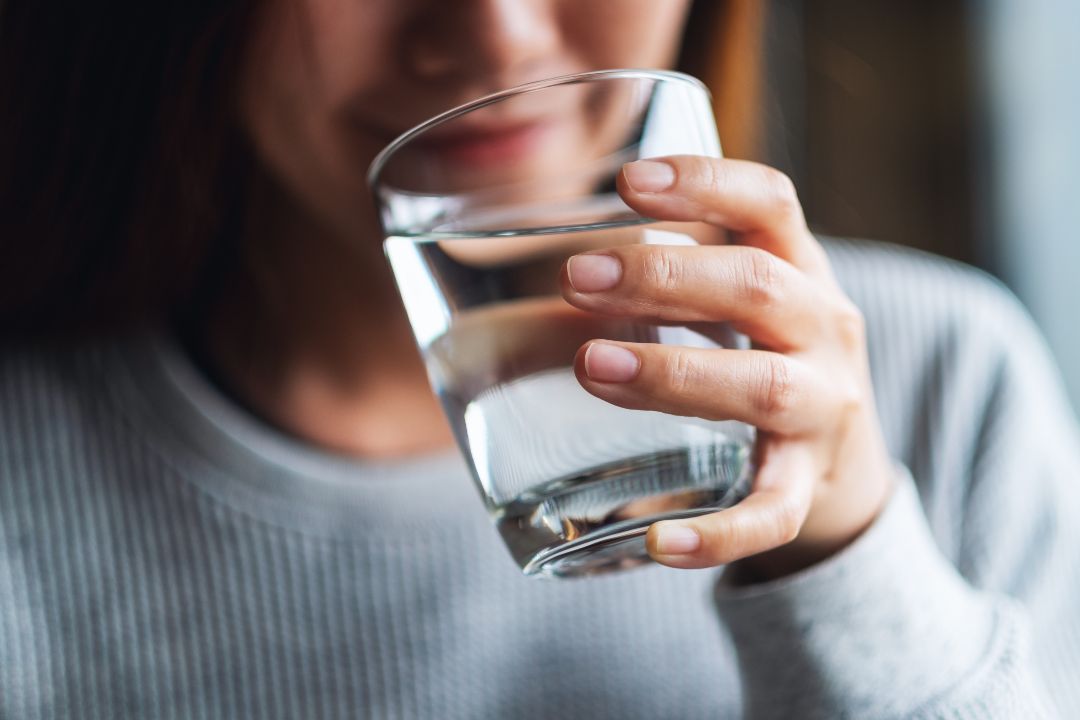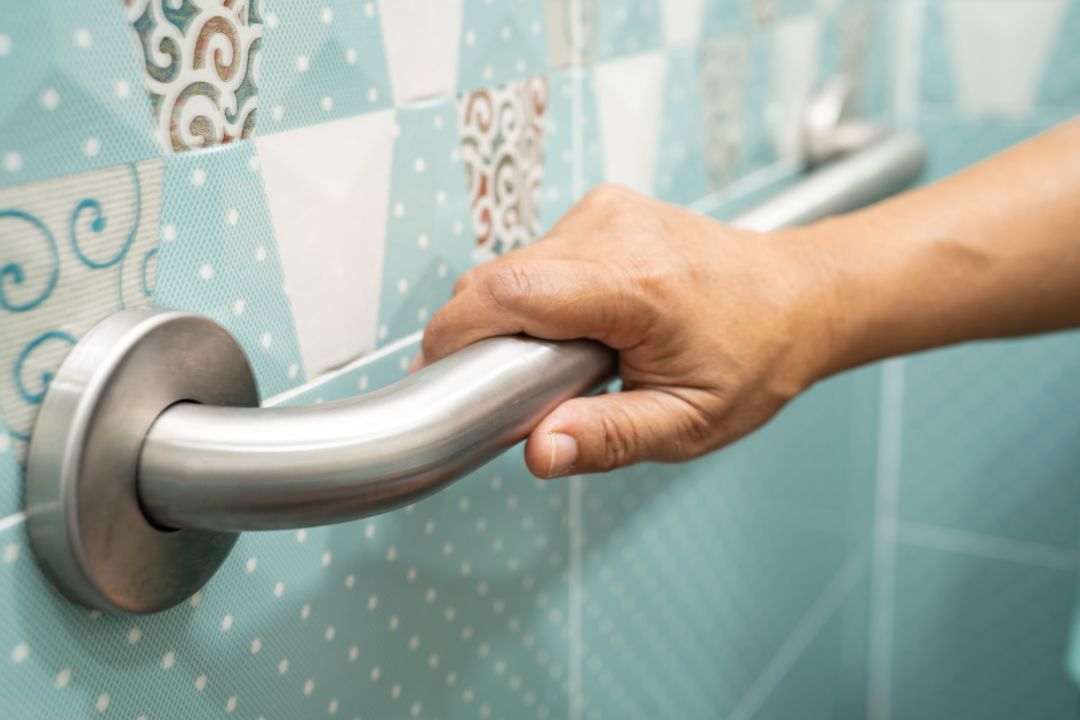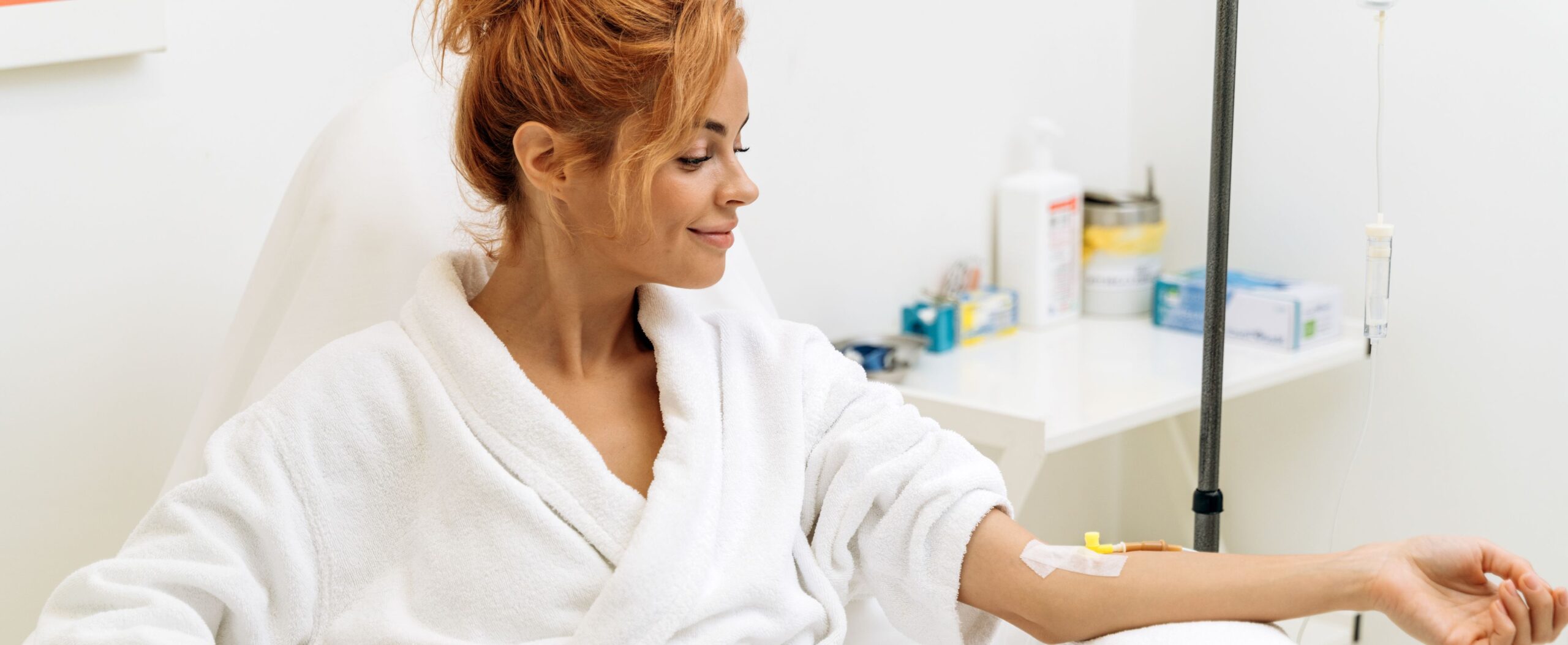What Not to Do After IV Drip: Key Dos and Don’ts
IV therapy is a standard medical procedure that delivers fluids, medications, and nutrients directly into the bloodstream. To ensure a smooth experience and maximize the benefits, following specific instructions before, during, and after treatment is essential. This guide will focus on the critical “what not to do” aspects to avoid complications and promote a swift recovery.
Pre-Treatment Instructions: Setting the Stage for Success
Before diving into the specifics of what to do after your IV drip treatment, it’s crucial to prepare your body and mind for the process. Proper preparation ensures the therapy’s effectiveness and reduces the risk of complications.
Let’s start by understanding the essential pre-treatment steps that set the stage for a successful IV therapy session.
- Hydration is Key: Drink two large glasses of water (24 ounces) before treatment. Proper hydration makes it easier to insert the IV and ensures optimal fluid balance.
- Nourish Your Body: Eat a balanced meal containing carbohydrates and protein before treatment. This helps stabilize blood sugar levels throughout the procedure.
- Avoid Stimulants: Avoid soda, coffee, or tea before treatment. Caffeine can dehydrate you, making IV insertion more difficult.
- Hold the Supplements: Unless otherwise instructed by your doctor, avoid taking vitamin and mineral supplements before treatment.
- Skip the Strenuous Exercise: Refrain from exercising two hours before and after your treatment to allow your body to rest and absorb the IV fluids.
- Communicate with Your Healthcare Provider: Inform your doctor and IV technician of any medication changes, health status updates (e.g., chest pain, shortness of breath), or pregnancy/nursing.


During Your IV Treatment: Prioritizing Safety and Comfort
While receiving your IV treatment, maintaining safety and comfort is paramount. Being mindful of your body’s signals and following best practices during the procedure can help you avoid complications and ensure a smooth experience.
Here are some key steps to prioritize during your IV therapy session.
- Report Any Discomfort: Inform your IV technician immediately if you experience dizziness, nausea, or a strange taste in your mouth.
- Uncross Your Legs: Keep your legs uncrossed during treatment to ensure proper circulation of the IV fluids.
- Bathroom Assistance: Always ask for assistance when using the bathroom during treatment.
- Avoid Sudden Movements: Stand up slowly during and after treatment to prevent dizziness.
Post-Treatment Instructions: What Not to Do After IV Drip
To help you make the most of your therapy and avoid potential setbacks, here are some key post-treatment instructions you should keep in mind.
- Leave the Bandage On: A bandage will be applied to the IV site. Depending on your bruising tendency, leave it on for at least 15 minutes to an hour.
- Continue Hydrating: Drink at least 24 ounces of water to flush out the IV fluids and byproducts.
- Get Adequate Rest: Allow your body to recover by getting plenty of rest after your treatment.

Conclusion
IV therapy offers significant benefits, but to avoid complications, follow specific guidelines before, during, and after treatment, including staying hydrated, avoiding stimulants, and communicating openly with your healthcare provider. Following these instructions will ensure a smooth experience and promote optimal recovery.
Frequently Asked Questions (FAQs)
Can I shower after an IV drip?
Yes, you can shower after the bandage is removed. However, avoid hot water and scrubbing the IV site..
Can I drive myself home after IV therapy?
It’s generally recommended to have someone drive you home, especially if you received any sedatives or medications that could cause drowsiness.
How long do the effects of IV therapy last?
The duration of effects varies depending on the type of IV therapy and your response. Some effects may be immediate, while others may take a few days to become noticeable.
What should I do if I experience pain or swelling at the IV site?
Contact your healthcare provider immediately if you experience any unusual symptoms after your IV drip, such as pain, swelling, redness, or discharge.

